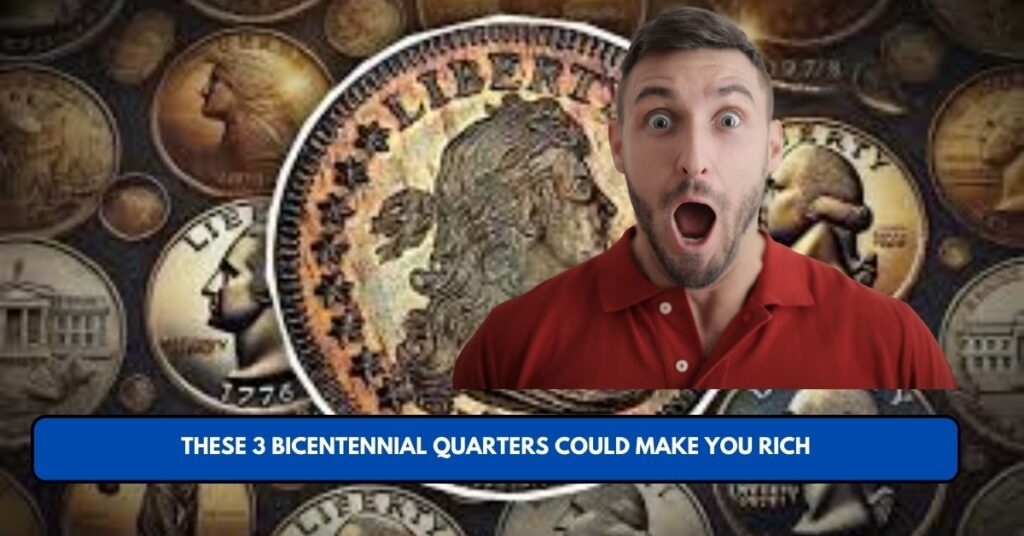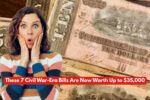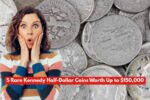Rare coin collecting has always been a lucrative hobby, but in recent years, certain coins have skyrocketed in value. Among them are three specific Bicentennial quarters from 1976 that are now worth more than their weight in gold.
While gold prices remain strong, these quarters are breaking records in auctions, fetching thousands of dollars. If you own any 1976 quarters, it might be time to check your collection!
What Makes Bicentennial Quarters Special?
The 1976 Bicentennial quarter was issued to commemorate the 200th anniversary of the United States’ independence. Unlike regular quarters, it features a unique reverse design depicting a colonial drummer, created by artist Jack L. Ahr. These quarters were minted in three varieties:
- Clad (Copper-Nickel) for general circulation
- 40% Silver for collectors (Minted in San Francisco)
- Proof versions with enhanced finishes
While most Bicentennial quarters are worth only face value, rare errors and high-quality specimens are selling for thousands of dollars.
The 3 Most Valuable Bicentennial Quarters
1. 1976-S Silver Proof Bicentennial Quarter – Worth Up to $20,000
The 1976-S Silver Proof Bicentennial Quarter, made from 40% silver, was specifically minted for collectors. Only a limited number remain in perfect Proof 70 (PR-70) condition, making them incredibly valuable. In a recent auction, one such quarter sold for nearly $20,000.
Collectors look for:
- Deep cameo contrast
- Flawless surfaces (no scratches, marks, or wear)
- Verified PR-70 grade by PCGS or NGC
Source: Yahoo Finance
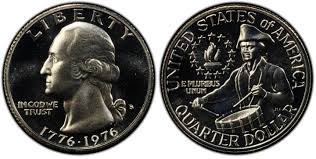
2. 1976-D Bicentennial Quarter with Double Die Obverse – Worth $8,400
A rare minting error, known as the Double Die Obverse (DDO), makes some Denver-minted Bicentennial quarters incredibly valuable. These coins exhibit doubling on the inscriptions, particularly on the words “Liberty” and “In God We Trust.”
A high-grade specimen of this quarter recently fetched $8,400 at auction.
What to Look For:
- Clear doubling on letters
- Uncirculated or mint condition
- Graded MS-65 or higher
Source: Coin Value Checker
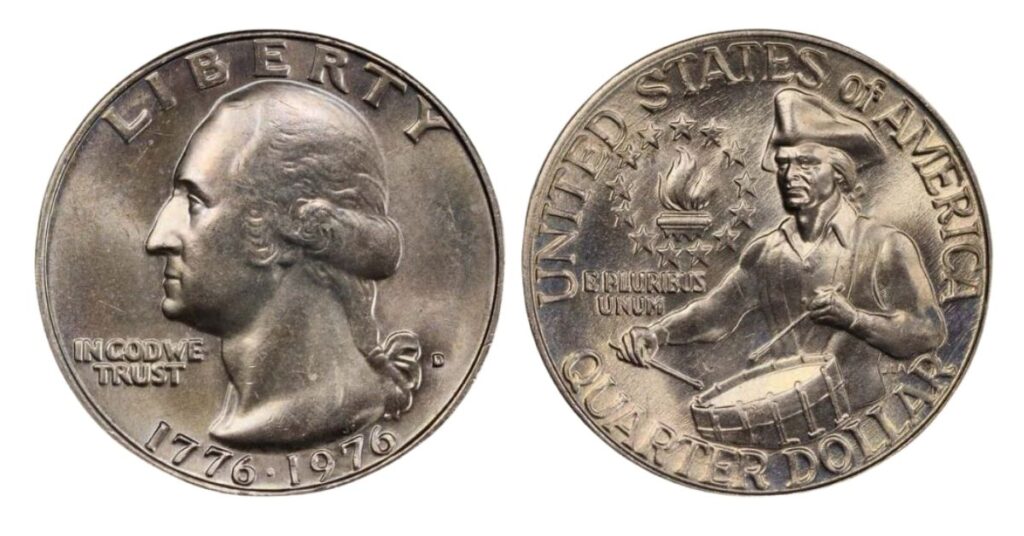
3. Double Denomination 1976 Bicentennial Quarter Struck on a Dime – Worth $9,200
One of the rarest errors is the double denomination strike, where a Bicentennial quarter was mistakenly struck on a dime planchet. This minting error results in a quarter with incorrect dimensions and partial designs.
A verified example of this error sold for $9,200 in 2020.
Key Features:
- Quarter design on a smaller, thinner dime planchet
- Partial or missing edges due to the size difference
- Clear U.S. Mint authentication of the error
Source: Coin Value Checker
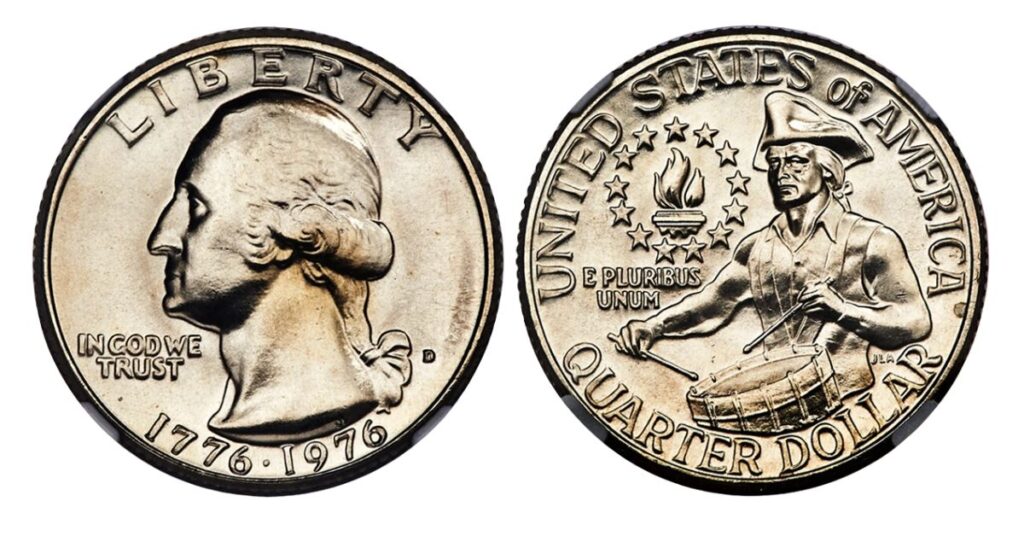
How These Quarters Compare to Gold
Gold is considered a stable and valuable asset, with its price per ounce hovering around $2,000. However, a 2016 Standing Liberty Centennial Gold Coin, containing 0.25 ounces of pure gold, is only worth about $588.21 based on current gold prices (Gold IRA Guide).
In contrast, these rare Bicentennial quarters have sold for thousands of dollars, proving that numismatic value can sometimes surpass precious metal value.
How to Check If You Have a Valuable Bicentennial Quarter
If you own a 1976 quarter, follow these steps to determine its value:
- Examine the Mint Mark:
- “D” (Denver) and “S” (San Francisco) quarters are more likely to be valuable.
- “P” (Philadelphia) quarters are common but still collectible in high grades.
- Look for Errors:
- Check for doubling on letters.
- Inspect for off-metal strikes (e.g., dime-sized quarters).
- Get It Professionally Graded:
- Services like PCGS (www.pcgs.com) and NGC (www.ngccoin.com) offer certification and authentication.
- Compare Auction Prices:
- Use reliable auction houses like Heritage Auctions (www.ha.com) to track recent sales.
Final Thoughts
While most Bicentennial quarters are only worth their face value, certain rare varieties are fetching thousands of dollars in today’s market. If you have a 1976 quarter, it’s worth taking a closer look. You might be sitting on a small fortune!
For more information, check out these resources:
- U.S. Mint Coin Programs: www.usmint.gov
- Coin Grading and Authentication: www.pcgs.com & www.ngccoin.com
- Latest Coin Auction Prices: www.ha.com
This article has been carefully fact-checked by our editorial team to ensure accuracy and eliminate any misleading information. We are committed to maintaining the highest standards of integrity in our content.
